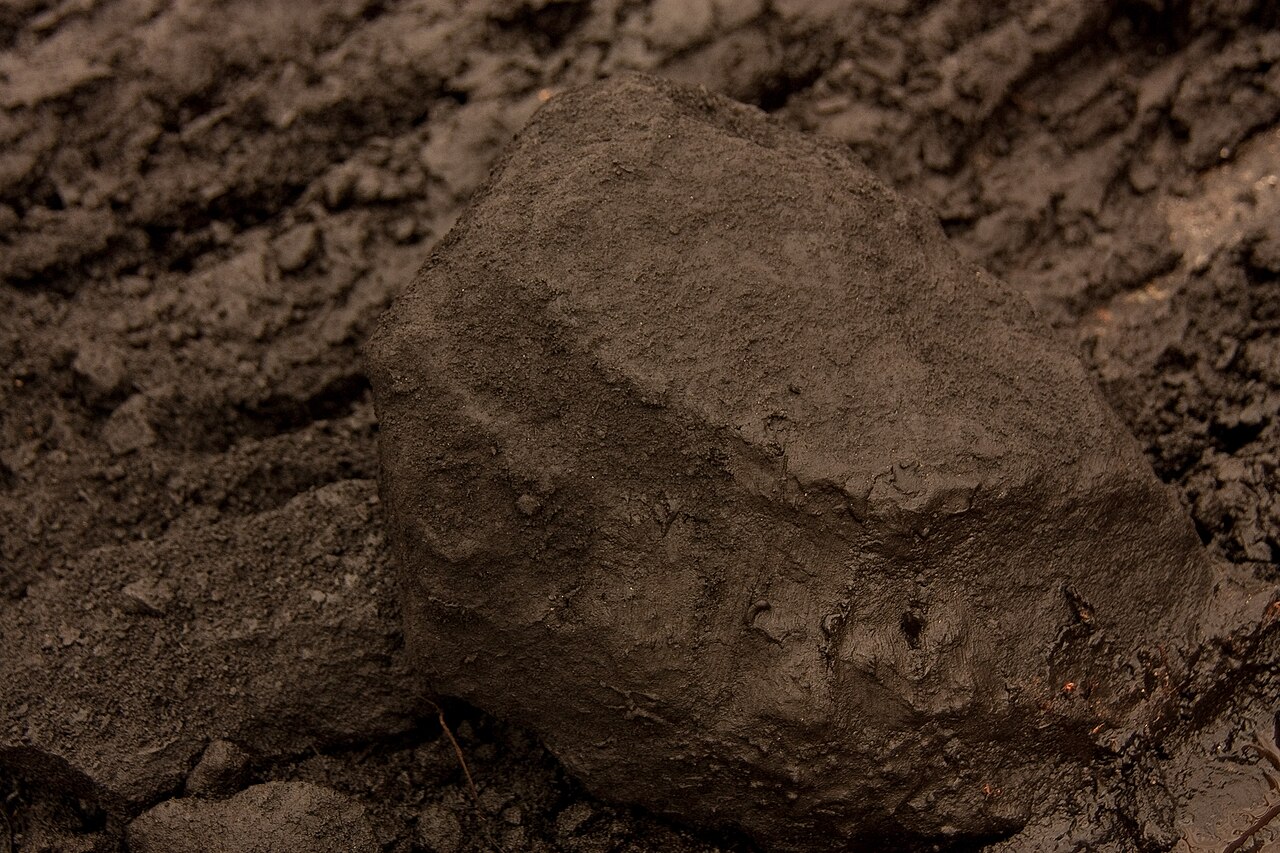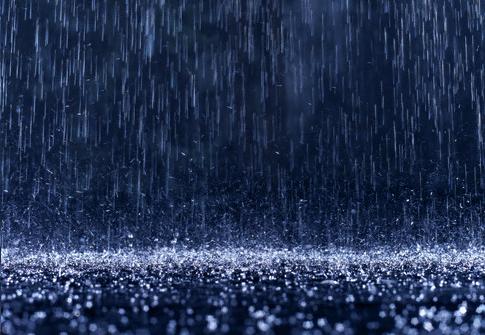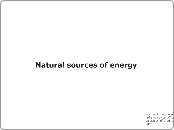Natural sources of energy
Renewable energy replaces conventional fuels in four distinct areas:
electricity generation
hot water/space heating
motor fuels
rural (off-grid)

Renewable energy sources are produced to replace renewable sources of energy that used to be over. That soon could happen with:

coal

lignite

uranium

peat

petroleum

natural gas
Main Renewable energy is our chance to live
Renewable energy is also a huge savings
Renewable energy will never end if we take care of it now

Hydro-electricity and geothermal electricity produced at favourable sites are now the cheapest way to generate electricity
Renewable energy is our future
From what we derive the greatest benefit?
water power 71%
wind power 12%
biomass 7,7%
Sslar power 2,4%
geothermal power 1,4%
Renewable energy is the chance for a better life - environmentally

Renewable energy technologies are getting cheaper, through technological change and through the benefits of mass production and market competition.
We can survive thank to renewable energy
Such as:

Sunlight
is a portion of the electromagnetic radiation given off by the Sun, in particular infrared, visible, and ultraviolet light

Wind
is the flow of gases on a large scale. On the surface of the Earth, wind consists of the bulk movement of air

Rain
is a major component of the water cycle and is responsible for depositing most of the fresh water on the Earth. It provides suitable conditions for many types of ecosystems, as well as water for hydroelectric power plants and crop irrigation

Tides
also called tidal energy, is a form of hydropower that converts the energy of tides into useful forms of power, mainly electricity

Waves
is the transport of energy by ocean surface waves, and the capture of that energy to do useful work – for example, electricity generation, water desalination, or the pumping of water (into reservoirs)

Geothermal heat
is thermal energy generated and stored in the Earth. It's the energy that determines the temperature of matter
As we see, water means life

